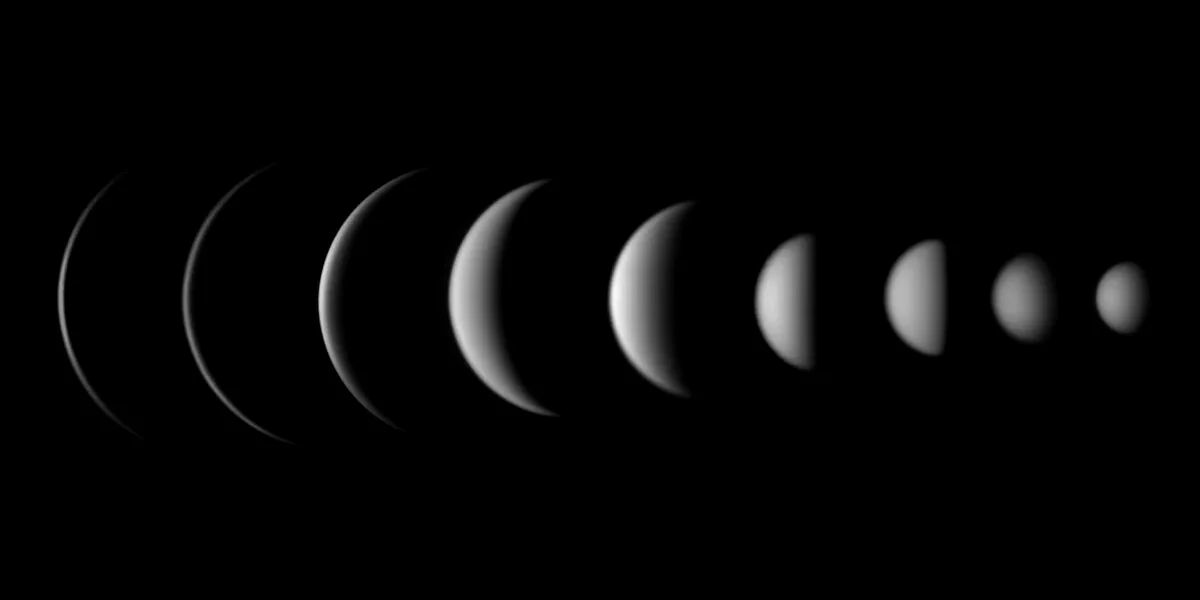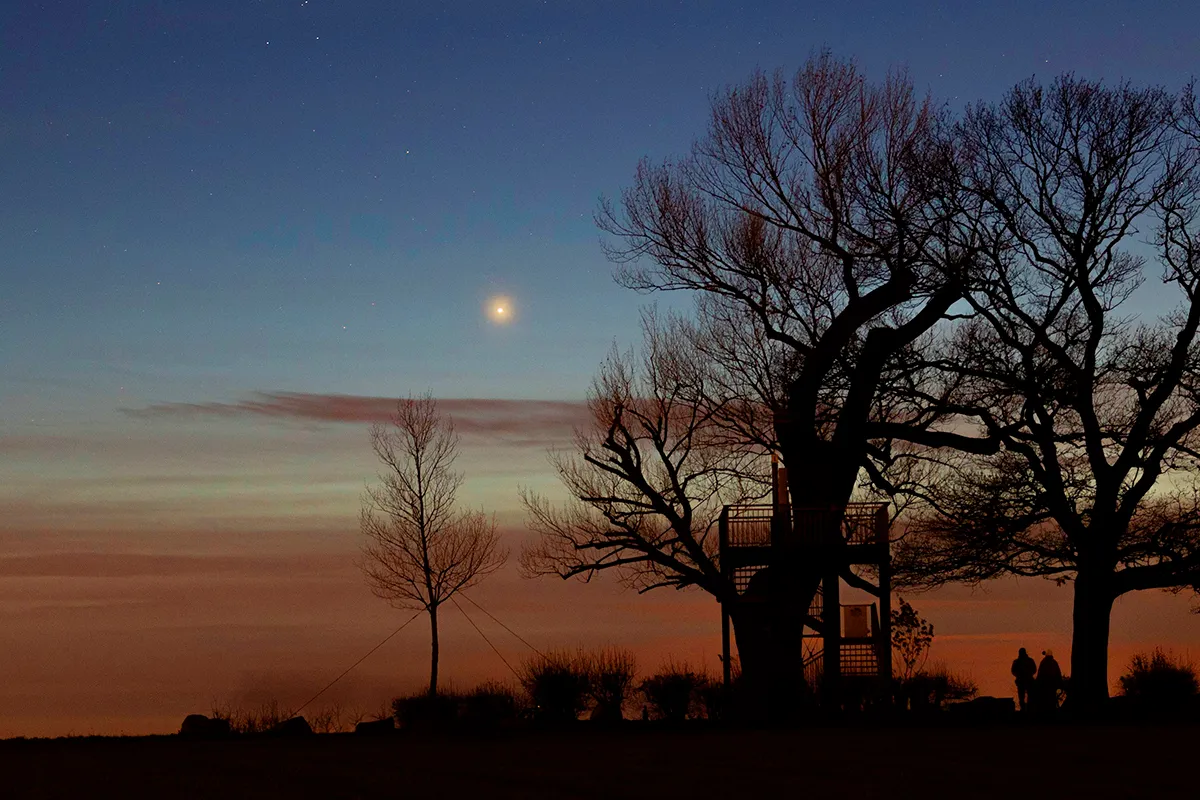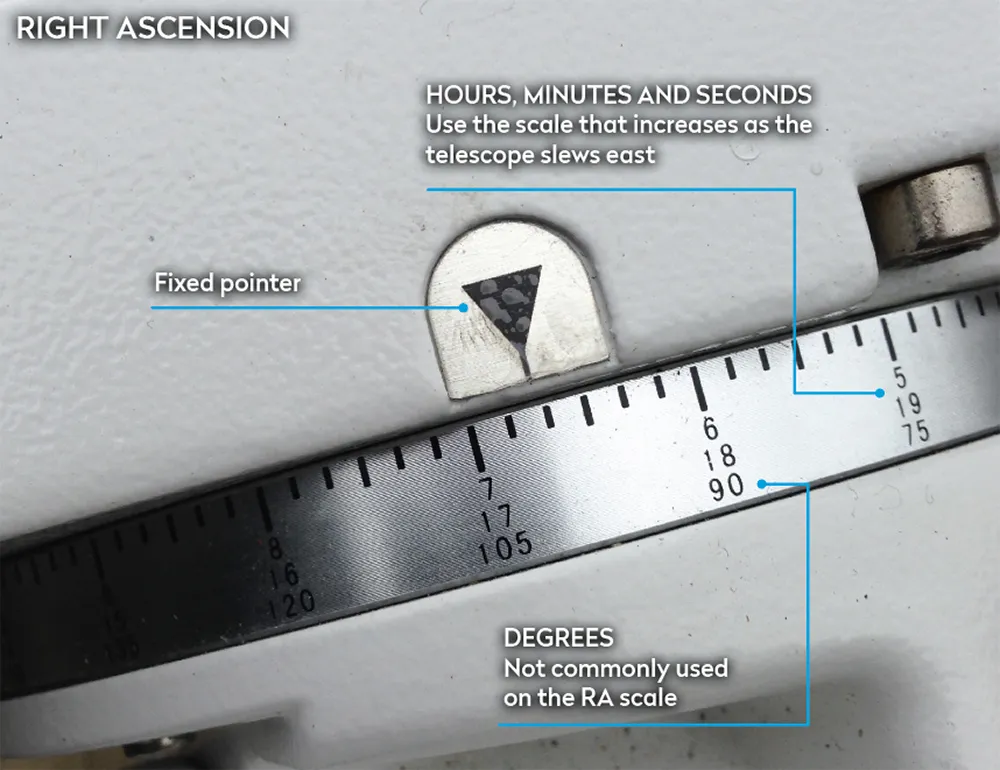Venus has been an evening beacon in early 2025, but that’s about to change as the planet heads towards inferior conjunction on 23 March, the position in its orbit closest to Earth.
Thereafter, it will begin to emerge as a morning object in the sky.
In recent weeks, Venus has been approaching us, moving along part of its orbit closest to Earth.
Its apparent sunward crawl accelerates as it moves towards inferior conjunction.
Lined up with the Sun in the sky, at inferior conjunction Venus is also closest to Earth.

Venus phases
Like the Moon, Venus shows phases and over recent weeks has appeared as a shrinking crescent through the eyepiece.
All the while, its apparent diameter has been expanding, reaching around 1 arcsecond across at inferior conjunction.
At this time, Venus will be at its slimmest phase.
Unlike the airless Moon, which essentially disappears when new, Venus’s atmosphere can illuminate all the way around to form what’s known as an atmospheric ring.
Unfortunately, this won’t be seen in March 2025, as this inferior conjunction takes Venus too wide of the Sun’s centre, at 8.4° separation.

Observing Venus at inferior conjunction
With care and attention to safety, it is possible to locate and image Venus in this position, but it’s not safe to look at it through the eyepiece of a telescope.
This should only be attempted if you know what you’re doing and have experience with finding Venus close to the Sun.
If not, instead try to follow Venus after sunset for as long as you can, switching to trying to locate it in the morning sky before sunrise, once it has passed inferior conjunction.

Venus and Earth's orbits
The orbits of Venus and Earth aren’t coplanar; Venus’s orbit appears to us as an ellipse.
Different alignments between orbits vary the apparent width of the ellipse and under rare circumstances we see it sideways-on.
When this happens, a transit of Venus occurs, the planet appearing to pass across the Sun’s disc. This next occurs in December 2117.

The minimum apparent separation of Venus from the Sun’s centre can vary between less than 15 arcminutes during a transit event and nearly 8.5°.
The 2025 inferior conjunction will see Venus separated from the Sun by 8.4°. That’s near to the maximum but still dangerous to observe.
We recommend doing this challenge with an imaging setup, never looking visually through any instrument, especially a finderscope.

Finding Venus at inferior conjunction
There are various ways to locate Venus at inferior conjunction, but all require maximum solar safety procedures.
One method is to apply a full-aperture solar filter to your telescope and remove or cap any finders.
Using a mount with setting circles, centre on the Sun, focusing your camera as accurately as you can on its surface details.
Look up the Sun’s RA and declination coordinates; apps such as WinJUPOS and Stellarium provide these.
Set your setting circles to match, then look up the RA and declination coordinates of Venus.
Move your scope so the circle values match Venus’s position.

As a sense check, the scope should now be pointing north and away from the Sun.
Carefully remove the solar filter. If Venus isn’t visible, a slow spiral search pattern can be employed to locate it.
Be very careful here. If your slew speed is too high, there’s a danger you might slew into the Sun!

If you’re unfamiliar with setting circles, try using them to jump between nighttime objects as a practice exercise.
Alternatively, if you have a polar-aligned equatorial mount with Go-To capability that allows you to use the Sun as a sync object, using the same filter procedures you should be able to locate Venus using this technique too.
Finally, remember what you’re looking for. Venus will appear as a large but very slender crescent. When you find it, it’s quite something to behold.
If you observe Venus at inferior conjunction, share your experiences with us by emailing contactus@skyatnightmagazine.com.
This guide appeared in the March 2025 issue of BBC Sky at Night Magazine

